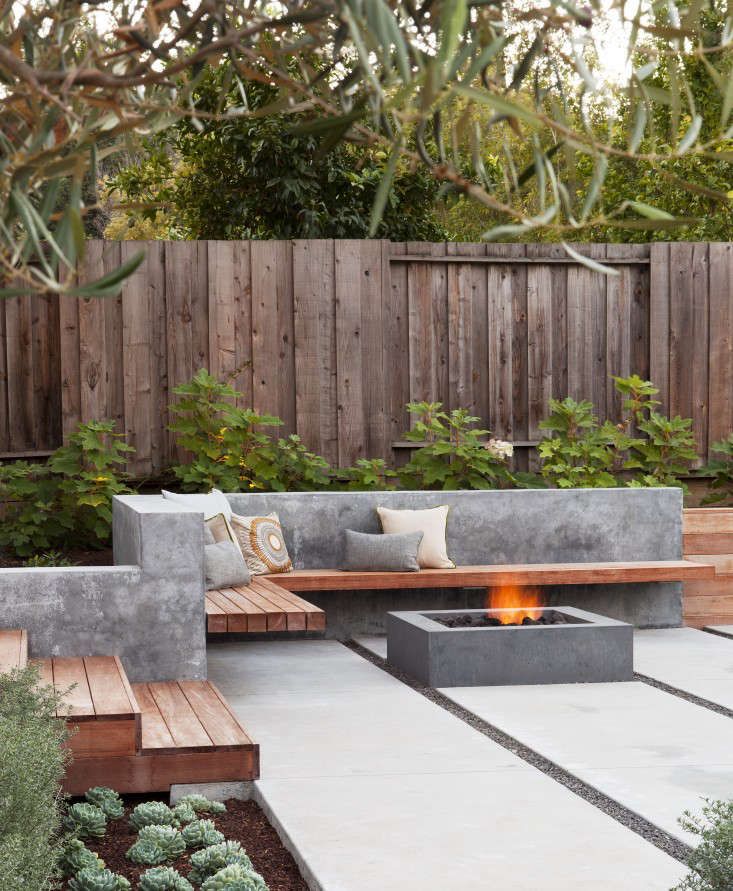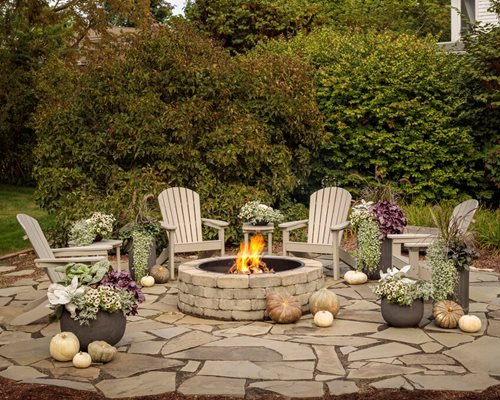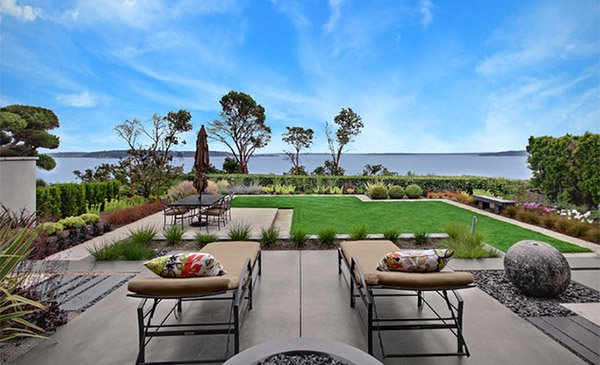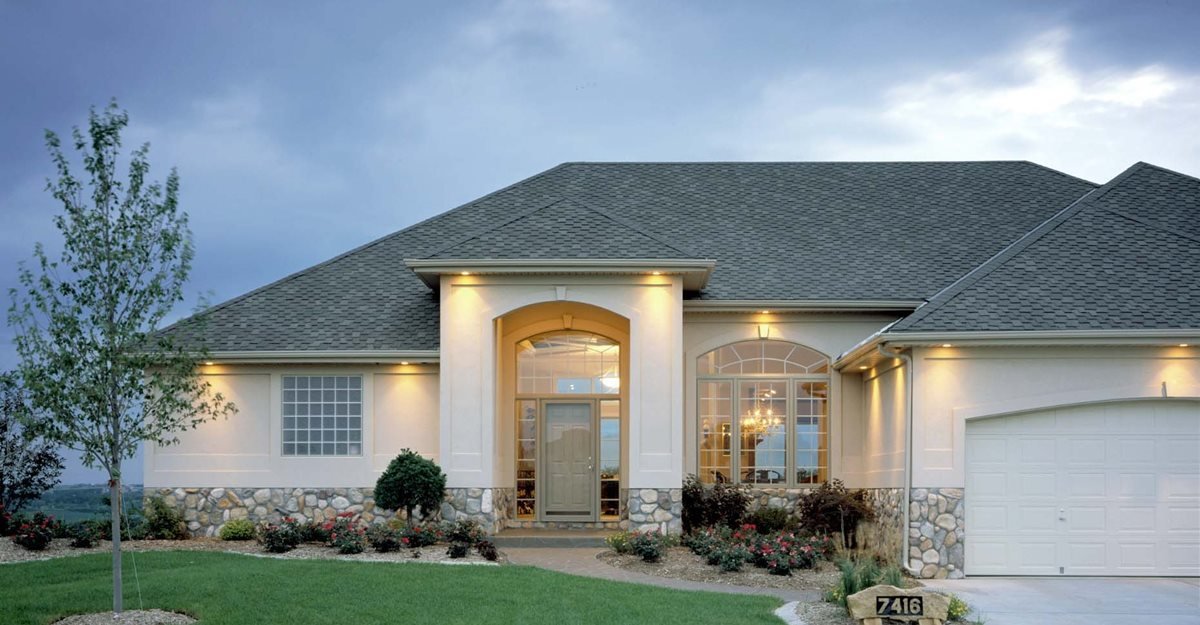Fascinating possibilities in outdoor design come to light when exploring new materials.
An exciting way to bring renewed life to the exterior of your home, is by hardscaping.
Hardscaping is modern twist on the traditional landscaping techniques utilized for decades. By using concrete to create pavers, patios, retaining walls, flower beds, border edging and even water features brand new life is breathed into once basic spaces.
Enjoyable outdoor spaces
Fire pits and benches make for wonderful seating areas which were once boring and needless.
Gone are the days of outdoor spaces that are more form than function.

Property owners want to utilize their outdoor space and have it landscaped with herb gardens, water elements, reclaimed cobblestone gardens, and modern looking outdoor furniture

Larger Homes and Smaller Lots
The increased cost of residential lots has resulted in building a larger home on a smaller lot.
Yards are shrinking. Landscaping smaller spaces can require just as much planning, and in many cases, more careful design considerations.
Concrete is low maintenance and well suited for smaller yards.
Eco-friendly alternative
Americans have a love affair with sprawling green lawns. Although originally created by European aristocrats in the 17th century as status symbols, today’s lawns are a symbol of the American dream.
Unfortunately, they also can be a source of unnecessary burden for homeowners, which has led to a recent, and growing, interest in alternatives to grass in backyards.
Droughts, water shortages, and rising environmental concerns on fertilizer use are taking their toll. Lawn alternatives are a natural solution.
Final Thoughts
Concrete is an economical, practical and luxurious choice for anyone considering designing an outdoor space.


